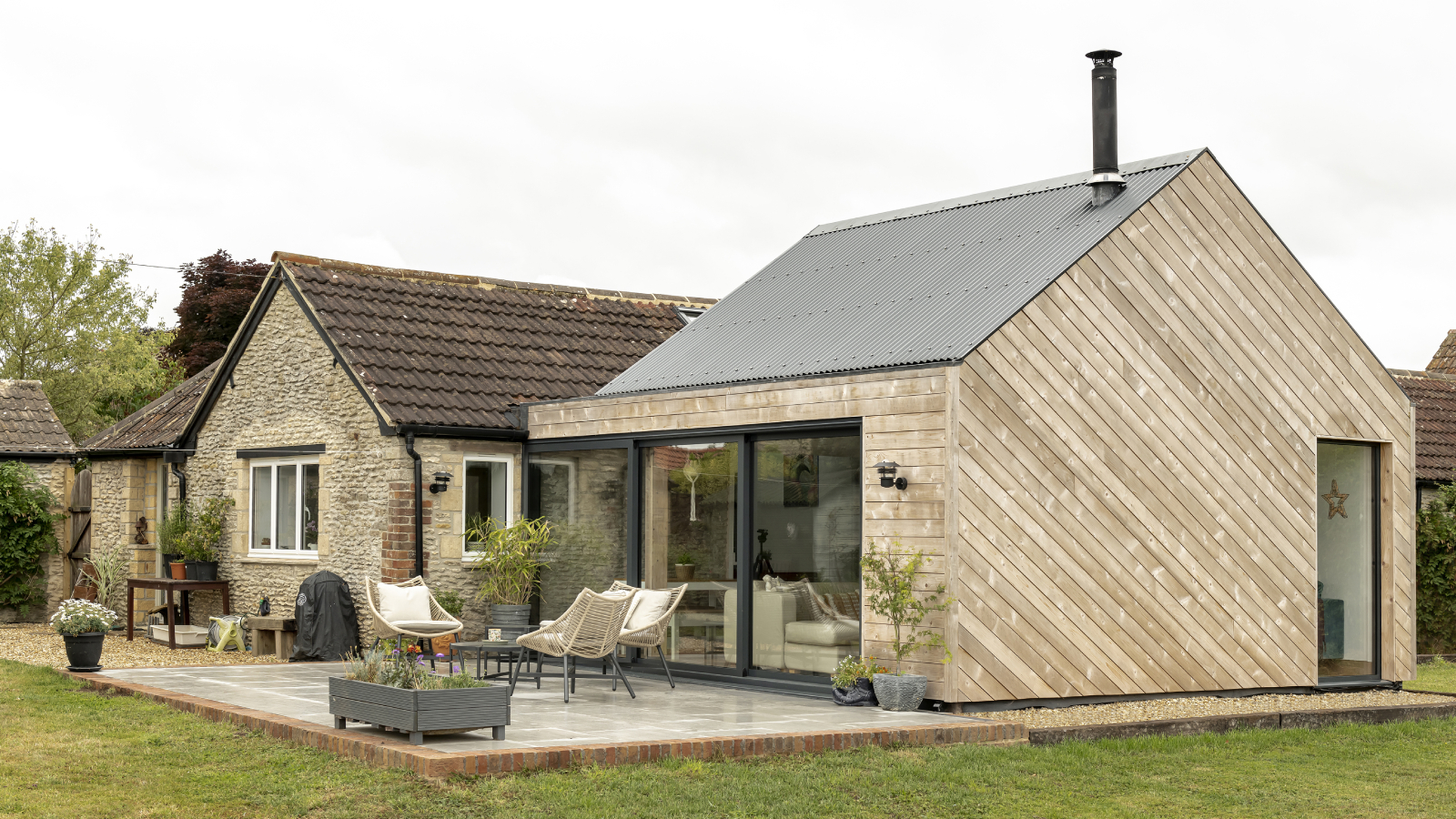Homeowner told to remove garden decking built near grave of famous fossil hunter
Local residents claimed the "ugly" framework, overlooking neighbouring properties and graveyard violated their privacy
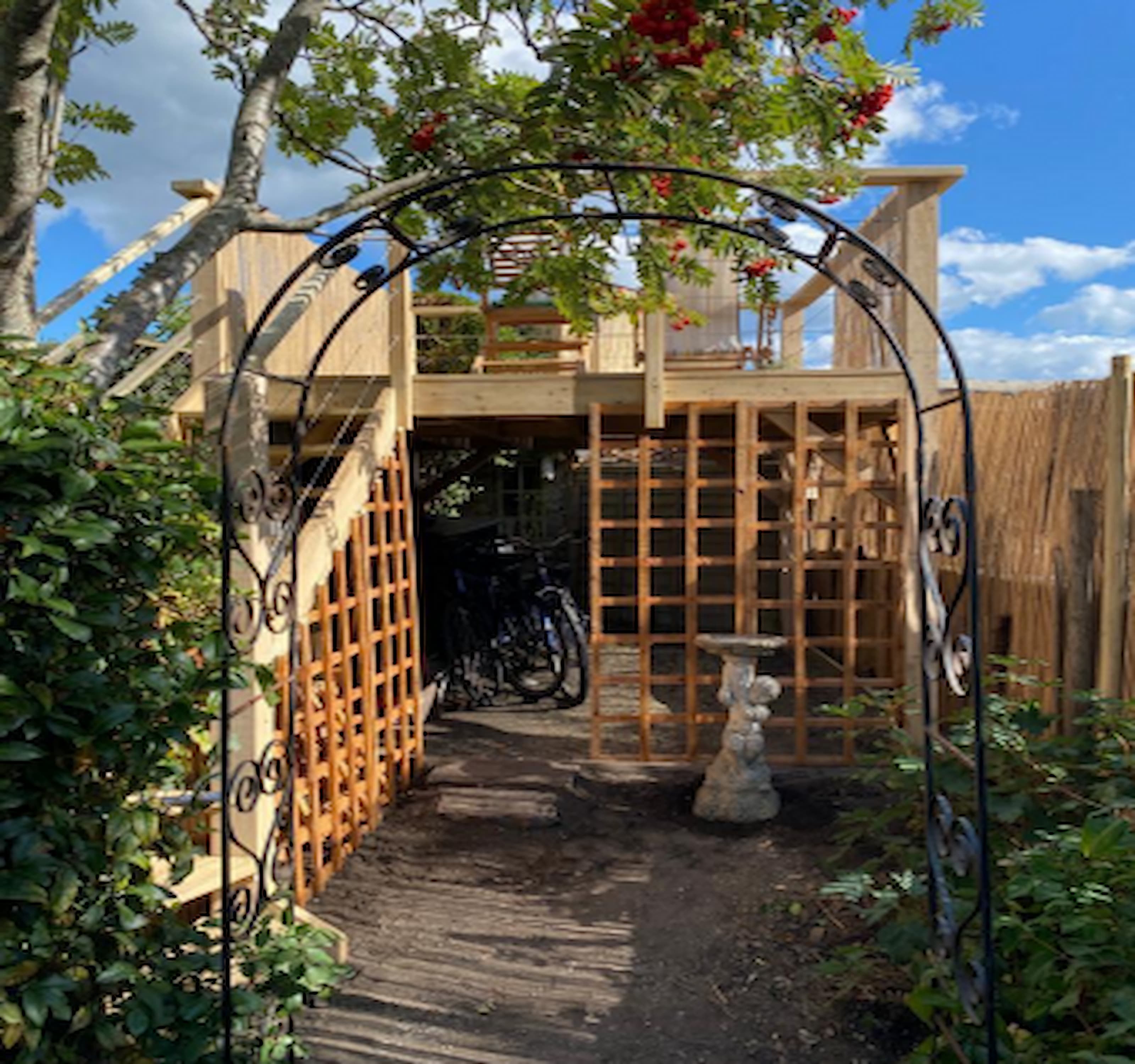
A home owner in Lyme Regis, Dorset, has been ordered to remove garden decking that was constructed without proper authorisation, following complaints from residents that it violated their privacy.
The timber decking idea, located approximately 13 metres from the main house, overlooks the resting place of renowned fossil collector Mary Anning, as well as neighbouring homes, and the local churchyard.
Dorset councillors have now rejected the retrospective planning application for the decking and the homeowner has been told they must dismantle the structure or face further enforcement action.
Why did the decking need planning permission?
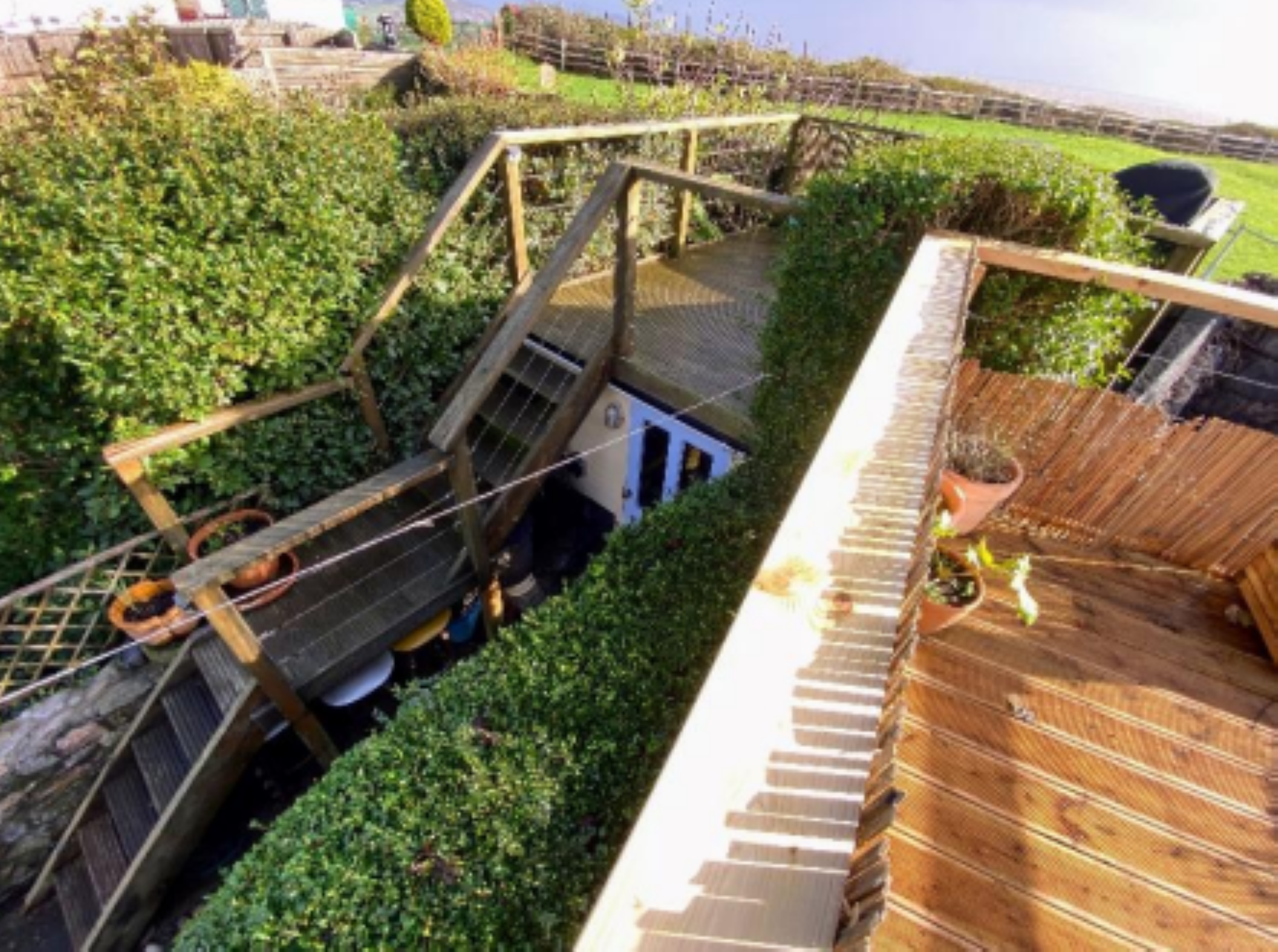
During an area planning committee meeting last Thursday, councillors were informed that the decking at the house, which was being used as a holiday let, was not in line with the conservation area, was overly large, and did not comply with the Local Plan.
It was highlighted to the councillors that the decking, which includes a balustrade, is 2.8 metres high, 3 metres wide, and 3 metres long, with the empty space beneath being used for storage, and was constructed without planning permission.
Lyme Regis town council also expressed concern that the decking "has a clear impact on the two neighbouring properties... and potentially the peace of the cemetery and local footpath."
Mike Garrity, the head of planning at Dorset Council, emphasised that the decking would lead to an "unacceptable level of noise, activity, and overlooking," and would dominate the surrounding properties.
Bring your dream home to life with expert advice, how to guides and design inspiration. Sign up for our newsletter and get two free tickets to a Homebuilding & Renovating Show near you.
The council denied retrospective planning permission, labelling the decking as "overbearing" and unacceptable, resulting in the homeowner being compelled to dismantle it or risk additional consequences.
The Dorset councillors agreed with the town council's position and supported their planning team's recommendation to reject the application. The council was also informed that the decking at the property next door had been built without planning consent as well and is now the subject of enforcement.
Whose grave was the decking built near?
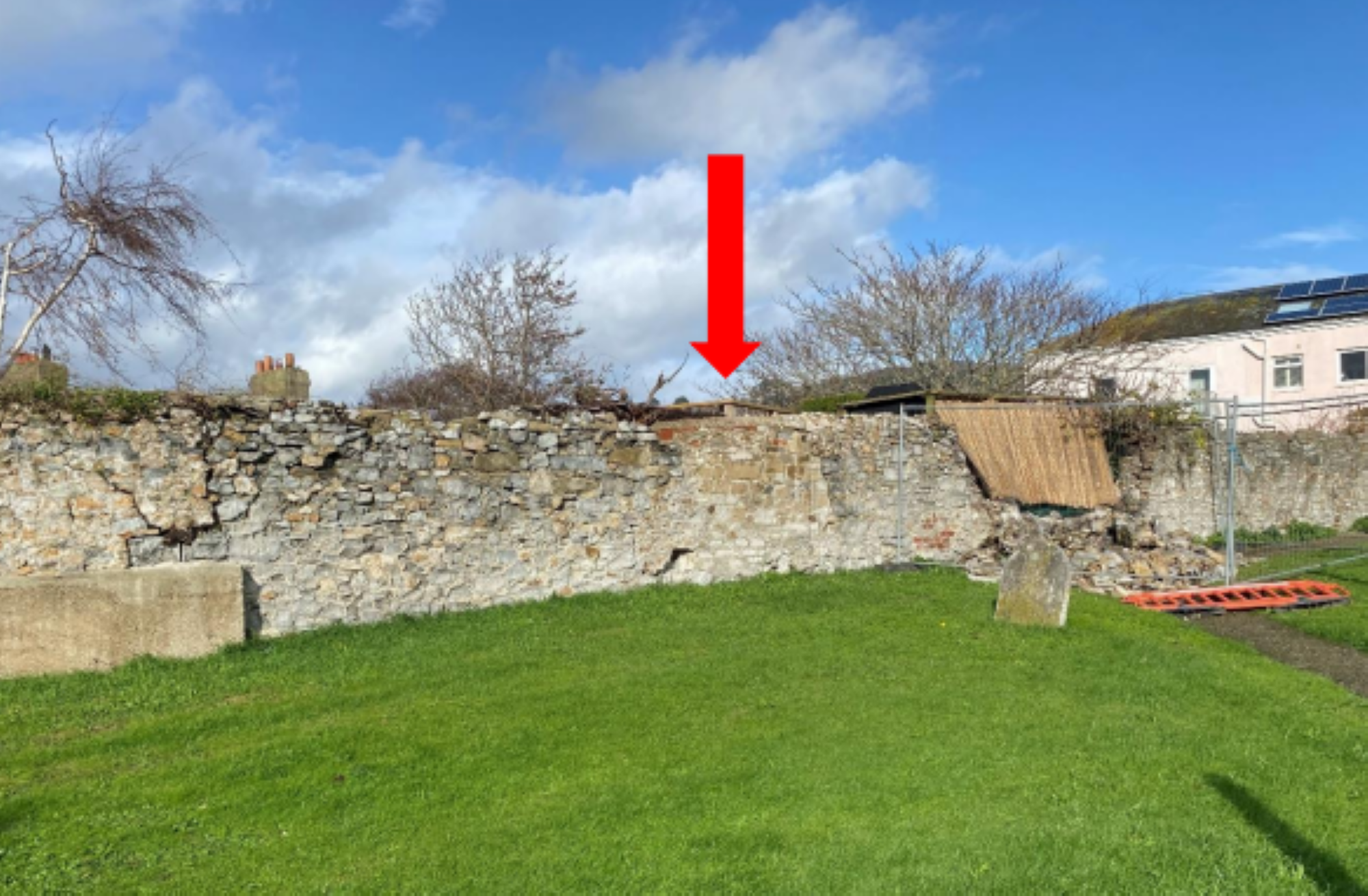
The grave that the decking overlooks belongs to Mary Anning who was an English fossil collector, dealer, and palaeontologist known for her significant contributions to the study of prehistoric life during the early 19th century.
Anning discovered and identified several fossils, and she gained recognition for her contributions and was eventually acknowledged as one of the most important figures in the early development of palaeontology.
In addition to the grave, many nearby buildings to the decking, including the church, are Grade I or II listed, which the planning officers' report stated meant it was important to ensure that any construction was in keeping with the historical significance of the area.
The property where the decking was erected is of significant historical importance itself, having been built in the 1700s, and is classified as Grade II listed. Furthermore, the property is located within a Conservation Area, as well as an Area of Outstanding Natural Beauty.

When can decking be built without planning permission?
Decking can sometimes be built without planning permission, but this will depend on the specific circumstances and regulations in the local area.
You can read more on planning permission for decking in our expert guide, where Homebuilding & Renovating's Amy Reeves explains: "Many minor improvement works to our homes are covered by permitted development, meaning you do not need to apply for planning permission. Adding decking can fall under permitted development, but there are caveats — the height and size of your decking being two."
Meanwhile, Allan Jeffrey, Managing Director of Ultra Decking, advises, "If you require planning permission, we would advise for you to directly communicate with your local planning authority, as you are the best person to know what factors make up your project."
"While you can ask your supplier for advice, you should not rely solely on them, as you will be the one held responsible if you have not acquired the correct permission necessary."
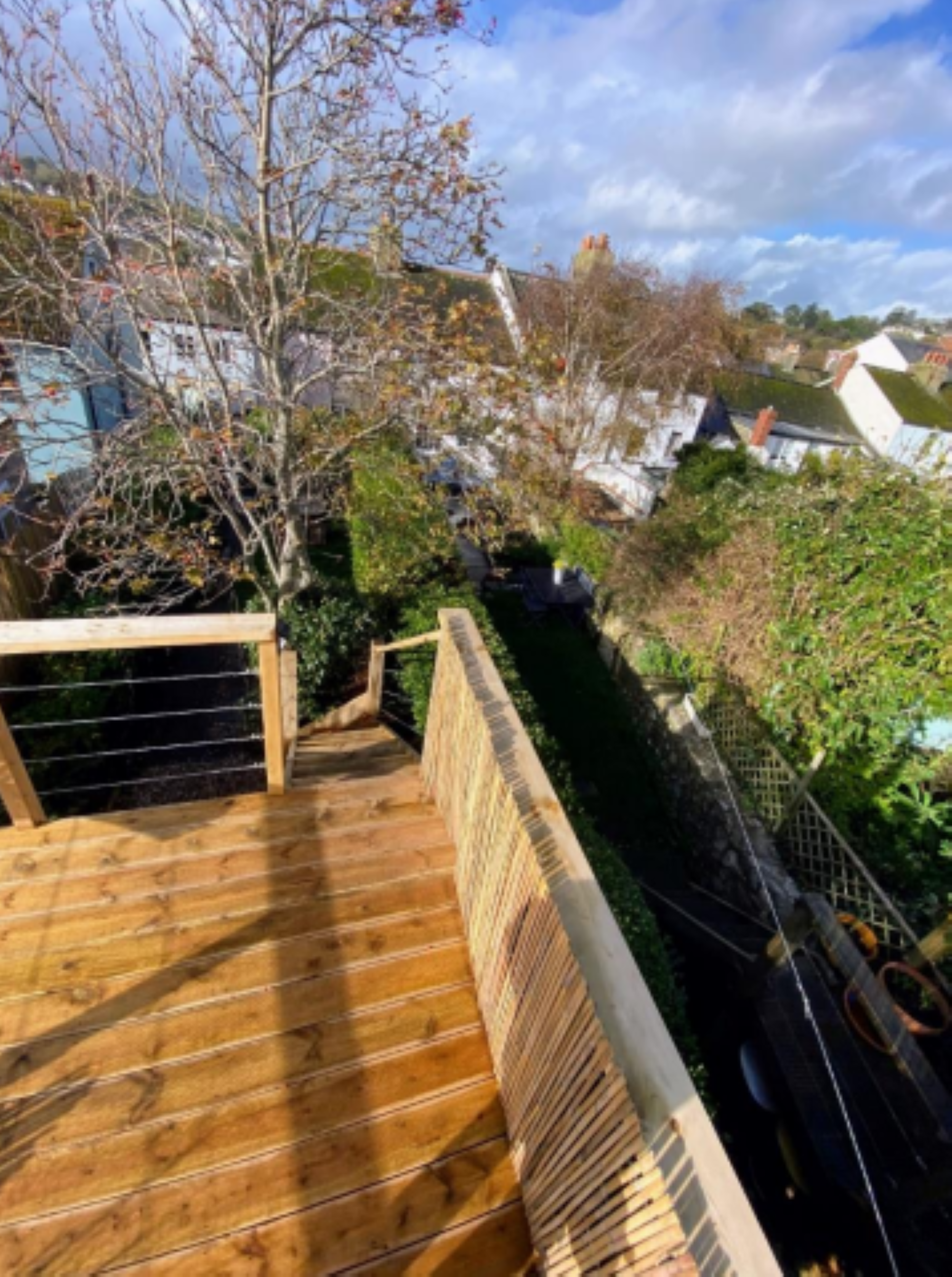

News Editor Joseph has previously written for Today’s Media and Chambers & Partners, focusing on news for conveyancers and industry professionals. Joseph has just started his own self build project, building his own home on his family’s farm with planning permission for a timber frame, three-bedroom house in a one-acre field. The foundation work has already begun and he hopes to have the home built in the next year. Prior to this he renovated his family's home as well as doing several DIY projects, including installing a shower, building sheds, and livestock fences and shelters for the farm’s animals. Outside of homebuilding, Joseph loves rugby and has written for Rugby World, the world’s largest rugby magazine.
